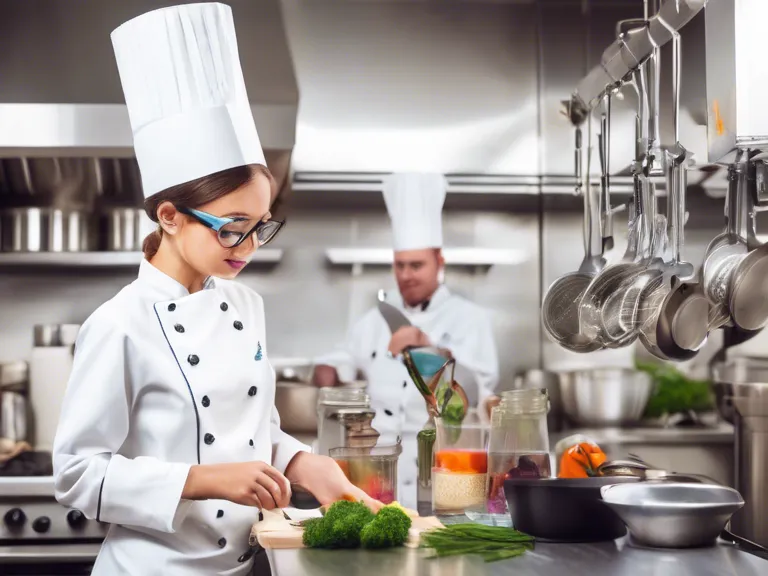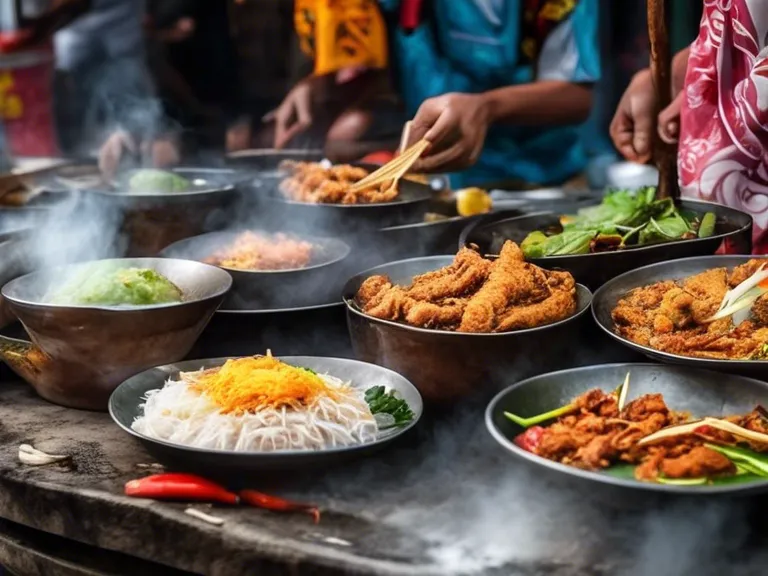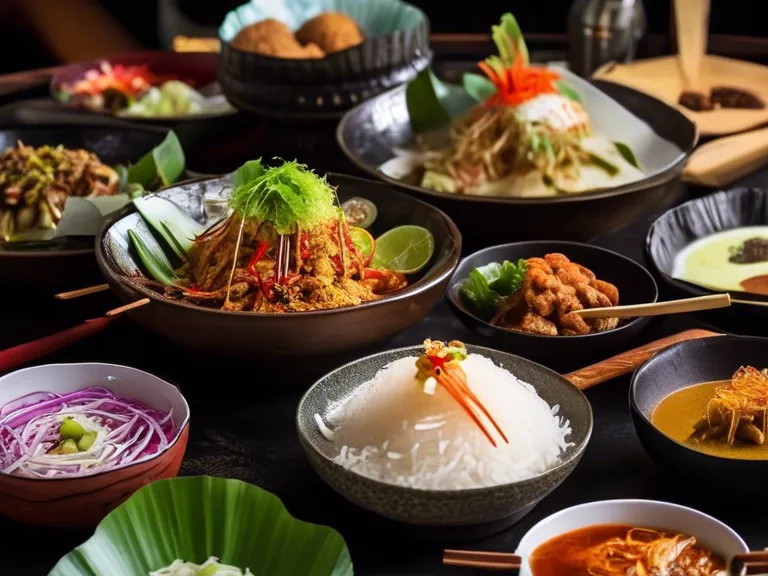
Data Science in the Kitchen: Integrating Learning with Culinary Arts
In recent years, the worlds of data science and culinary arts have collided to create a unique and innovative approach to cooking. By integrating data science techniques into the kitchen, chefs are able to enhance their creativity, improve efficiency, and deliver a superior dining experience to their customers.
One of the main ways in which data science is revolutionizing the culinary world is through the analysis of food trends and consumer preferences. By collecting and analyzing data on popular ingredients, flavors, and dishes, chefs can gain insights into what customers are looking for and tailor their menus to meet those demands. This not only helps chefs stay ahead of the competition but also ensures that they are providing their customers with dishes that they will truly enjoy.
Data science is also being used to optimize the cooking process itself. By measuring and analyzing factors such as temperature, cooking time, and ingredient proportions, chefs can fine-tune their recipes to achieve the perfect result every time. This level of precision and control allows chefs to consistently deliver high-quality dishes and maintain their reputation for excellence.
Furthermore, data science can be used to create personalized dining experiences for customers. By collecting data on individual preferences, dietary restrictions, and previous dining experiences, chefs can tailor their offerings to each customer's unique tastes and preferences. This not only enhances the customer experience but also fosters a deeper connection between the chef and the diner.
Overall, the integration of data science into the culinary world is transforming the way chefs approach cooking. By leveraging data-driven insights and techniques, chefs can take their culinary creations to new heights and deliver an unparalleled dining experience to their customers.



